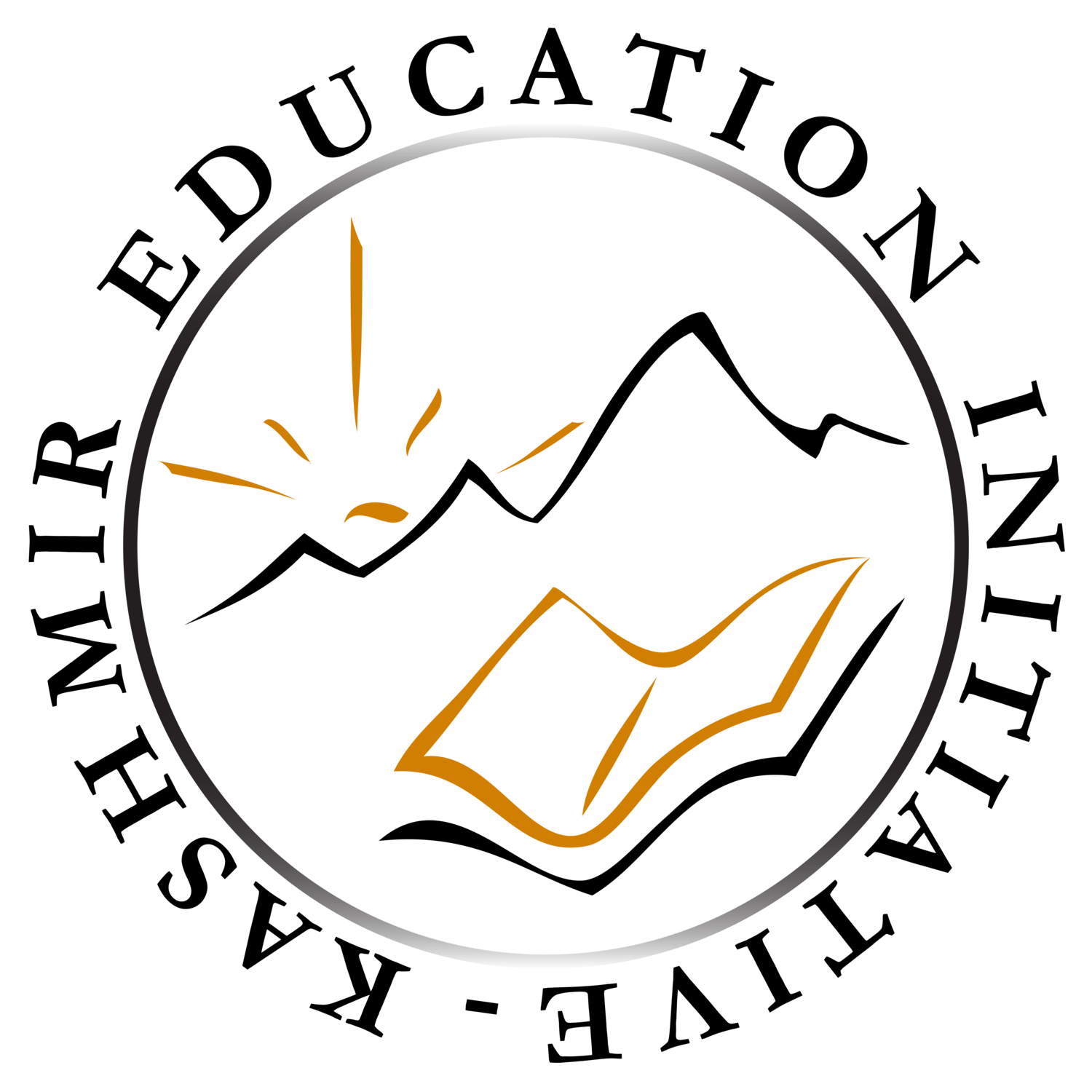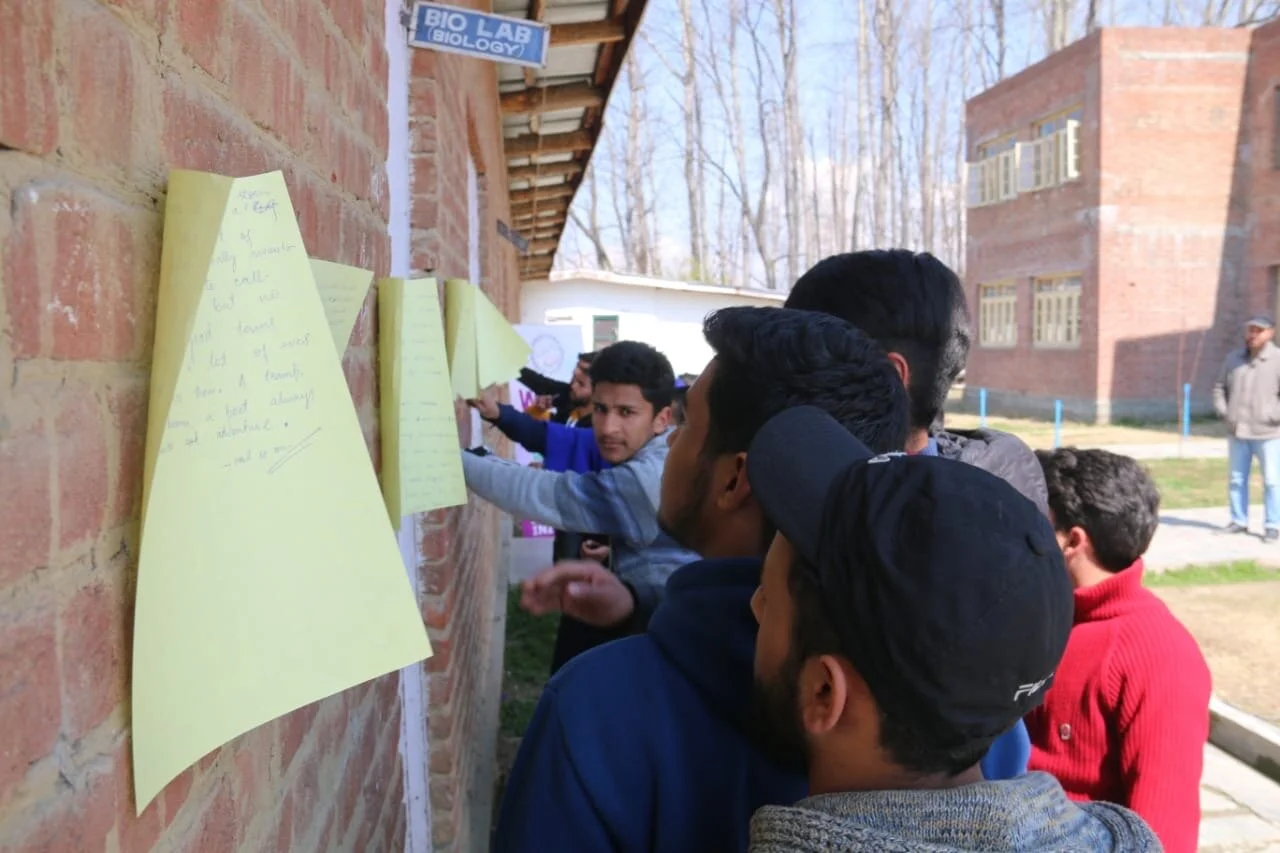Author: Ipsita Sarkar
On 25th July 2020, the Scholar high-schoolers of Kashmir Education Initiative (KEI) had an enlightening session on Immunity Boosters and Immune Response conducted by Upasana Sasidharan, a Ph.D. Research Scholar and an avid writer and poet from the Indian Institute of Science, Education and Research (IISER) from Bhopal. Her explanations were not loaded with any scientific jargon and instead filled with colourful diagrams, a storytelling kind of narrative and easy analogies to break down micro-biological and health-related concepts on the Immune System, how it functions, the origin of infection and the fighting mechanism. She started by talking about how human beings, animals, and birds are all made up of cells and spoke about the 3 important components of a cell-the DNA, RNA and Proteins. She compared the structure of a cell to build a house from scratch with clear pictorial references, to make understanding remarkably simple. The DNA is like the basic plan of how to build the house, the RNA denotes what material you need for construction- bricks, tiles, wood, cement, etc, while Protein is the machinery or the factory that is using the construction material to make the final part- like using the tiles to make a roof or the wood to make a door. She then introduced the concept of viruses as the unwelcome dacoit with a unique passcode that had spikes and forcibly entered your home and started using our things. The immune system with the white blood cells would then emerge like security guards to saves us. She elaborated on the production of the Anti-Bodies that could diffuse these virus ‘bombs’ based on their matching passcodes and why a fever happens as a response effect for driving away from the virus. She spoke about other physical symptoms of an immune response- including inflammations and swellings. She gave the example of chickenpox, in which skin rashes would occur which was a sign of the body producing the White Blood Cells as a defense mechanism. Also, anti-body information would be stored in the B-Cells’ memory, making the body more resistant to the illness. She then highlighted the various problems related to the immunity system and how it could get compromised, for instance, due to the age factor, an allergic reaction, or a blood transplant. Immunosuppressants used in painkillers could also weaken the immune system. She then busted some myths about commonly used ‘natural’ or ‘organic’ immunity boosters such as turmeric milk and ‘karha’, a natural drink made with ginger, garlic, and tulsi (basil). She pointed out that karha could alleviate physical symptoms such as inflammation but did not affect the WBC count necessary to fight off an illness. Similarly, turmeric milk (haldi doodh), an anti-oxidant and anti-inflammatory could alter the immunity cell structure making the body prone to other illnesses later. She also indicated that there was no scientific finding supporting the claim that the homeopathic drug, Arsenicum Album 30, could fight off Corona. Hence, it was best to adopt and follow healthy practices regularly and produced anti-bodies to target the threat. She brought attention to vaccines and their functionality, especially in cases where immunity boosters did not work. She described how they originated in 1796 as a preventive treatment against smallpox and their subsequent development. She spoke about their mechanism, their different types, and how they generated immune response and produced anti-bodies to target a threat in the body. Towards the end of the session, Upasana addressed the several and diverse set of queries posed by the KEI Scholars. The questions ranged from those about second-generation vaccines, vaccines made from organic material, a baby’s immunity system, cytokines, the DPT Booster, the resistance of the Sickle trait cell to Malaria, to Diabetes and Insulin and the current day crisis of COVID-19 and the development of vaccines to stop its spread. Upasana was admittedly surprised at the kind of questions and the level of preparedness and knowledge displayed by the KEI Scholars at such a young age itself. She motivated the youth present at the Webinar offering to guide them in the future. She stressed the need for more scientists, especially girls in scientific research.

